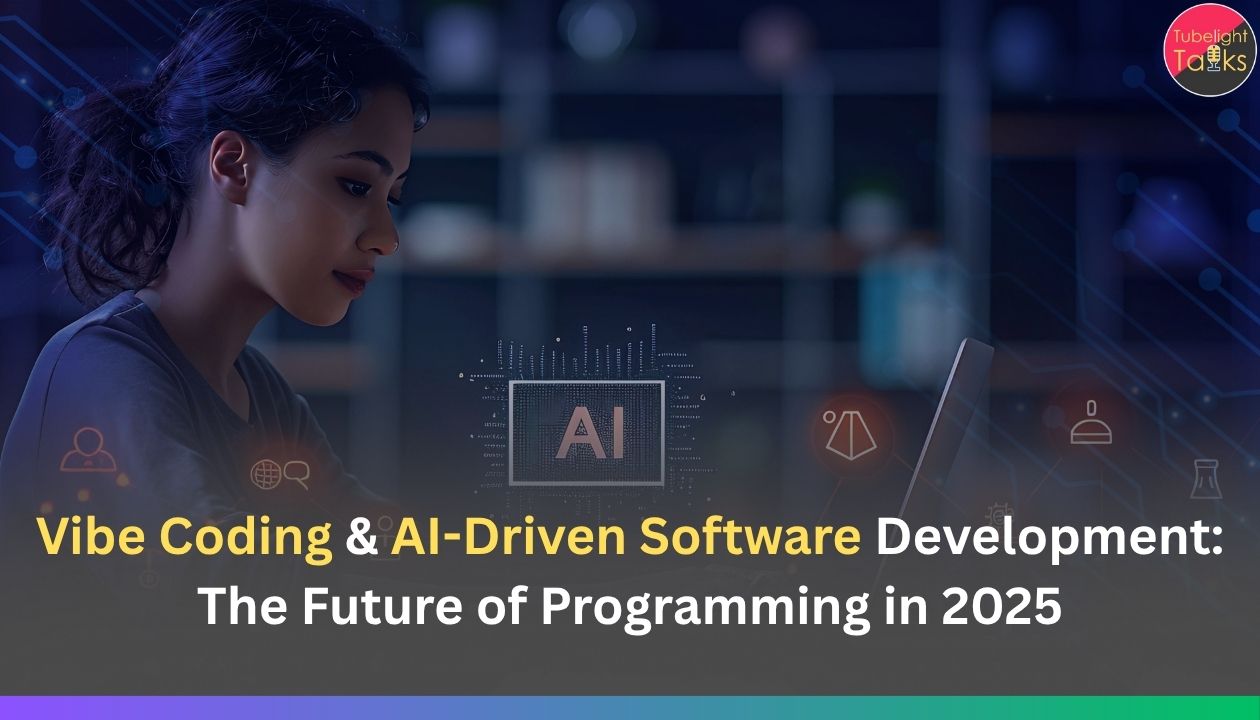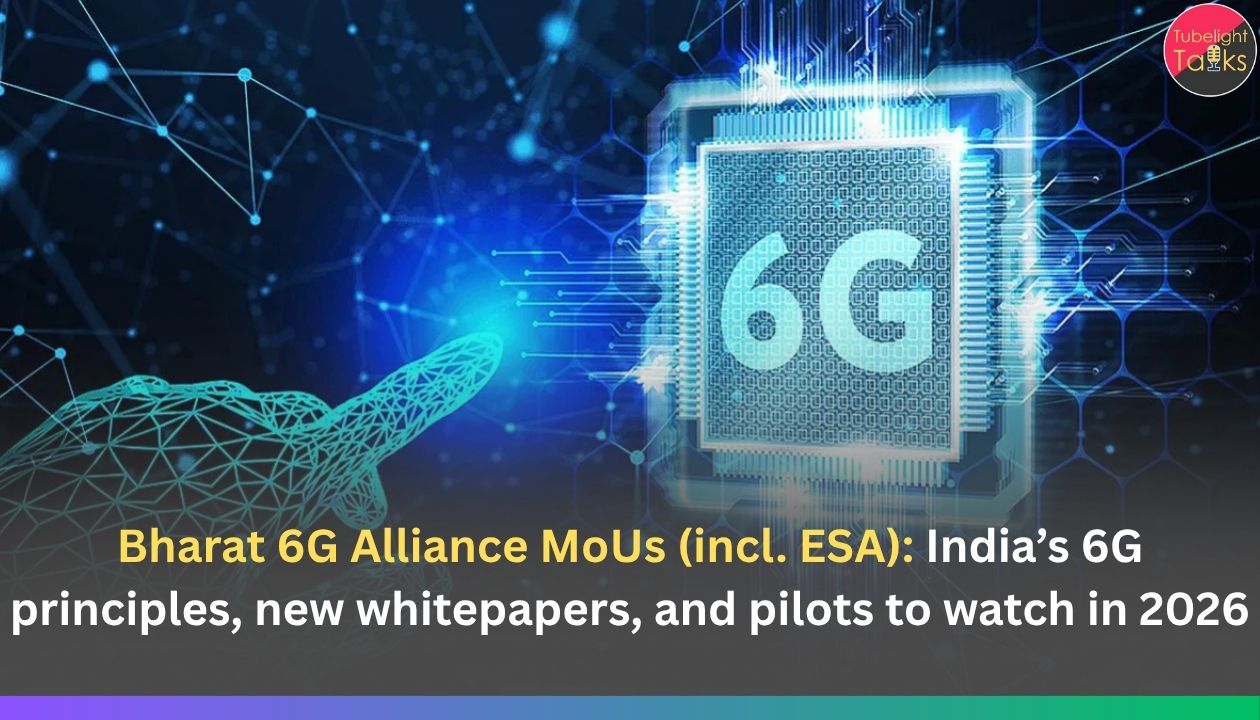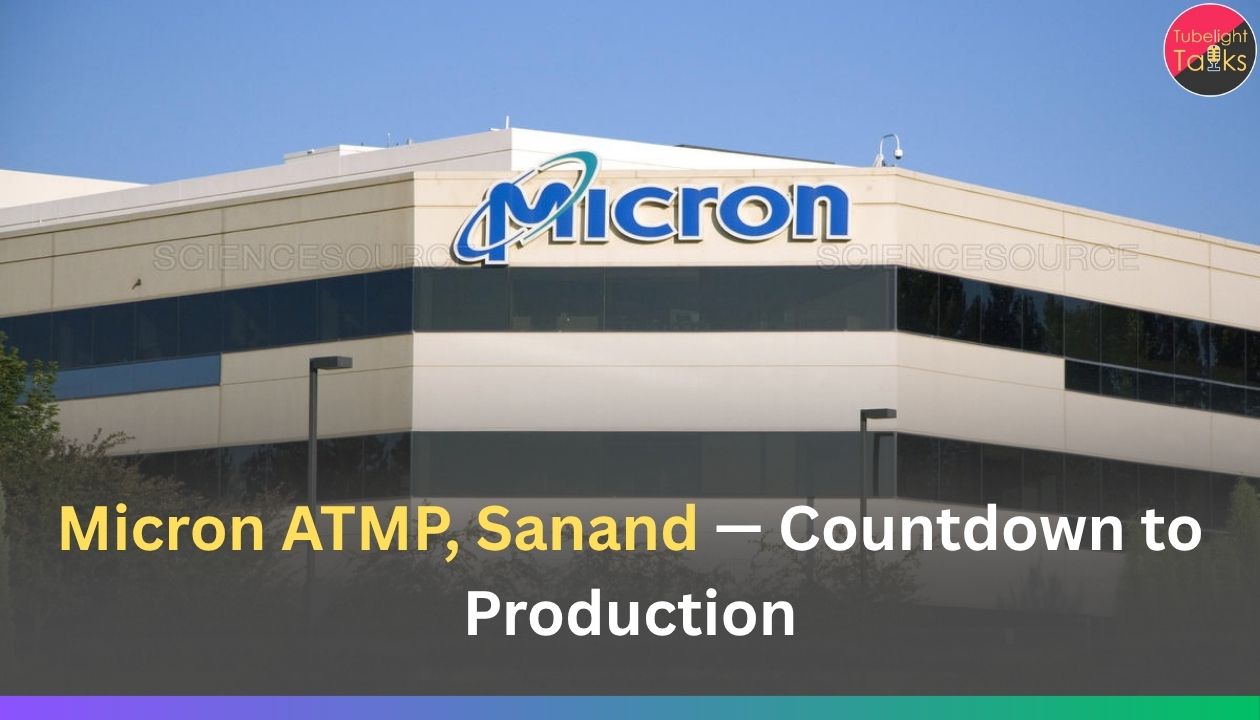The world of software development has gone through many revolutions—low-level programming, high-level languages, frameworks, and automation tools. But the most dramatic shift is happening right now in 2025 with the rise of vibe coding, a new style of building software where developers use natural-language instructions to guide AI systems instead of manually writing every line of code. This emerging trend is reshaping workflows, transforming productivity, and redefining what it means to be a programmer.
Vibe coding is not just a buzzword; it represents a massive technological and cultural shift. It combines artificial intelligence, natural language processing, automation, and human creativity to create software in a more intuitive, conversational way. Let’s explore how vibe coding works, why it’s trending, how it affects businesses and developers, and what the future holds for this new era of AI-driven development.
What Is Vibe Coding?
Vibe coding is the process of developing software by describing its functionality, structure, and behavior in natural language to an AI tool that generates code, architecture, libraries, and workflows automatically. Instead of typing syntax, developers “set the vibe”:
- Describe what they want
- Explain how it should feel or behave
- Iterate through conversation
The AI then writes the code, tests it, fixes errors, and refines the output based on feedback.
It feels less like traditional coding and more like working with a hyper-intelligent collaborator. Developers can focus on logic, creativity, and problem-solving rather than configuration files, repetitive boilerplate, or syntax errors.
Why Vibe Coding Is Trending in 2025
There are several compelling reasons why vibe coding is exploding in popularity this year:
1. Massive Advances in Large Language Models
Modern AI systems understand context, user intention, and technical detail at an unprecedented level. They can generate production-ready code in multiple languages, frameworks, and environments.
2. Companies Expect Faster Development Cycles
Startups and enterprises want rapid prototyping, shorter release cycles, and lower engineering costs. Vibe coding helps teams build MVPs in days instead of weeks.
3. Democratization of Software Development
Non-technical founders, designers, and product managers can now create software without mastering programming languages.
4. AI Becomes a Full-Stack Partner
AI tools today can:
- Write front-end and back-end code
- Build APIs
- Manage databases
- Automate testing
- Deploy to cloud
- Monitor performance
This is far beyond the AI coding assistants of previous years.
5. Culturally, People Want Intuitive Creation
The same way AI has changed art and content creation, vibe coding is making programming more accessible and creative.
How Vibe Coding Actually Works
Vibe coding typically involves the following workflow:
Step 1: Give the AI a natural-language brief
Example:
“Create a login system with email and OTP verification. Make the UI minimal and modern like Airbnb.”
Step 2: AI generates code, architecture, and files
The AI produces the entire structure of the project.
Step 3: Conversational refinement
Developers guide the system with corrections:
“Make the button bigger.”
“Use JWT instead of sessions.”
“Add dark mode.”
Step 4: AI automatically tests and resolves issues
Bugs are fixed instantly.
Step 5: Deploy with a single command
AI handles CI/CD pipelines.
It is software development at the speed of thought.
Benefits of Vibe Coding
1. Ultra-Fast Development
Projects that once took weeks now take hours.
Startups gain massive time advantage.
2. Reduction in Engineering Costs
Fewer manual tasks, fewer bugs, fewer specialists needed for simple projects.
3. Improved Developer Experience
Developers avoid repetitive boilerplate and focus on architecture and innovation.
4. Better Collaboration
Non-technical contributors can easily participate.
5. Rapid Experimentation
Teams can test multiple versions of features before finalizing.
Risks and Challenges
Despite its popularity, vibe coding also comes with challenges:
1. Quality & Maintainability Issues
AI-generated code may be:
- Over-engineered
- Hard to debug manually
- Inconsistent in style
2. Security Concerns
Code may include vulnerabilities that humans miss without deep review.
3. Dependency on AI Tools
Over-reliance may reduce critical thinking and deeper coding knowledge.
4. Intellectual Property Questions
Who owns the generated code?
This debate is ongoing across industries.
5. Ethical Risks
Biases, hallucinated outputs, or incorrect logic may go unnoticed.
Impact on Developers
The rise of vibe coding does not eliminate developer jobs—but it changes them.
Developers become:
- System designers
- Technical reviewers
- Prompt engineers
- Problem solvers
- AI supervisors
Instead of typing code, developers focus on planning, reviewing, and improving architecture. The mindset shifts from “How do I code this?” to “What should the system achieve?”
Impact on Businesses
Organizations that adopt vibe coding early gain:
1. Faster go-to-market
Products launch earlier and adapt quickly to customer feedback.
2. Lower operational cost
Less manual coding = fewer human hours = more savings.
3. More innovation
Teams can experiment freely without worrying about time or cost.
4. Talent flexibility
People without deep programming knowledge can contribute meaningfully.
Future of Vibe Coding
The next 5 years will bring even more radical changes:
1. Fully Autonomous AI Development Agents
These agents will build apps from scratch with minimal input.
2. Conversational IDEs
Developers will code through chat, voice, and even visual sketches.
3. Self-Healing Software
AI will auto-repair broken code in real time.
4. AI as a Permanent Team Member
Future companies may list AI systems as part of the engineering team.
5. Universal Skill Accessibility
Anyone—students, creators, entrepreneurs—will be able to build apps.
Conclusion
Vibe coding is not just a trending technology—it is a transformation in how humans build software. As AI becomes more capable, intuitive, and collaborative, the boundaries between imagination and execution are shrinking. We are entering a future where ideas become products instantly, creativity becomes the new currency, and programming becomes a conversation rather than a mechanical process.
Vibe coding represents a world where everyone can build, innovate, and contribute—regardless of technical background. And as we move deeper into 2025, it is clear that this trend will only grow stronger, shaping the digital landscape for decades to come.
Also Read: OpenAI Introduces GPT-4.5: A Revolutionary Leap in AI Technology
FAQs (Frequently Asked Questions)
1. What is vibe coding?
Vibe coding is a new way of building software using natural-language instructions instead of traditional manual coding. Developers “tell” an AI what they want, and the AI generates code, architecture, and workflows automatically.
2. Is vibe coding replacing programmers?
No. It is transforming their role, not replacing them. Programmers now focus more on system design, technical decision-making, reviewing AI output, and solving complex problems instead of writing repetitive code.
3. Can non-technical people use vibe coding?
Yes. One of the biggest advantages is that people without coding experience—entrepreneurs, designers, students—can build apps by describing what they want in simple language.
4. Is AI-generated code reliable?
AI-generated code can be fast and effective, but it still requires:
Human review
Testing
Security checks
Refinement
It’s powerful but not perfect.
5. What industries are adopting vibe coding the fastest?
Startups, SaaS companies, e-commerce, fintech, healthtech, and automation-heavy industries are leading early adoption because vibe coding helps them build faster at lower cost.
6. What skills do developers need in the vibe coding era?
Key skills include:
Prompt engineering
System design
Architecture planning
Reviewing AI-generated code
Creative problem-solving
7. What are the biggest risks of vibe coding?
Risks include code quality issues, dependency on AI tools, security vulnerabilities, and lack of transparency in how the AI produces certain outputs.
8. Is vibe coding the future of programming?
Yes. It is one of the biggest shifts in software development, similar to the introduction of high-level languages. It will continue to grow, especially as AI becomes more autonomous and context-aware.










